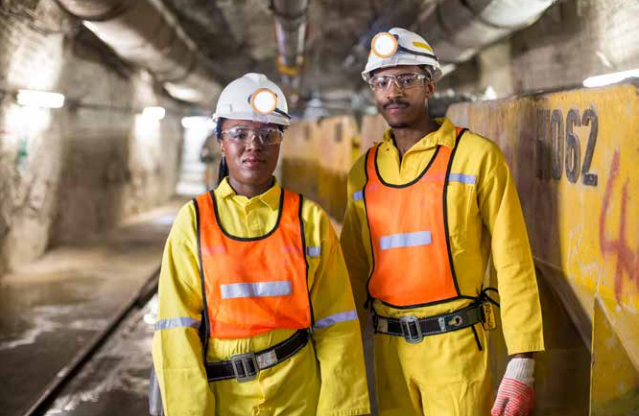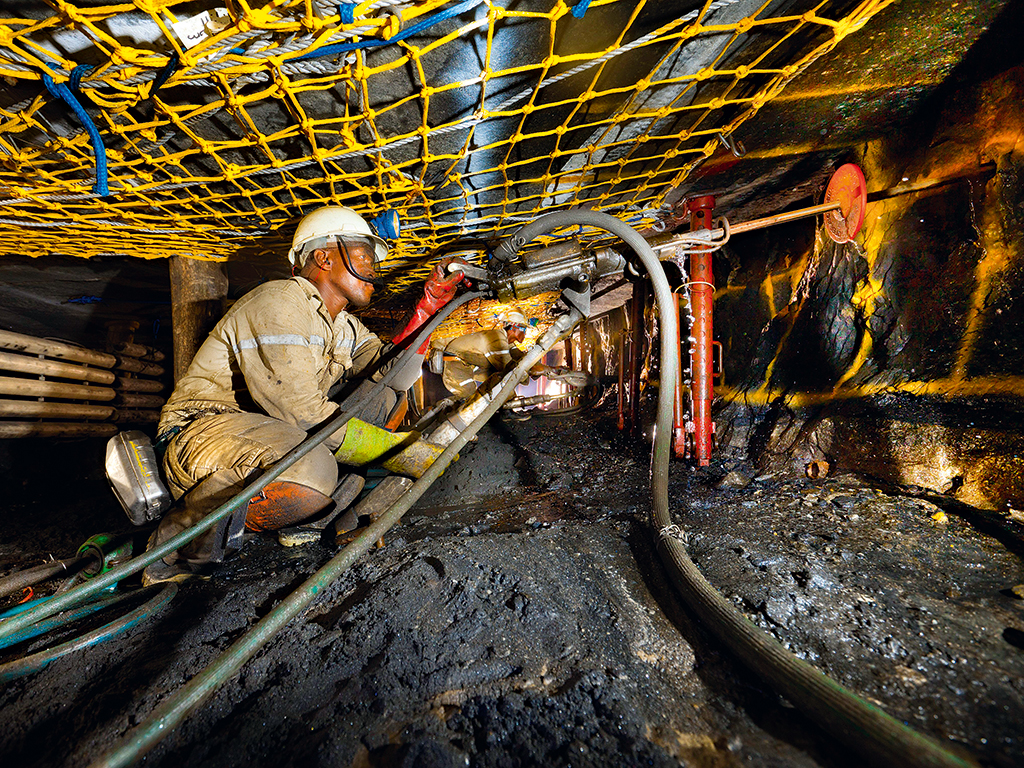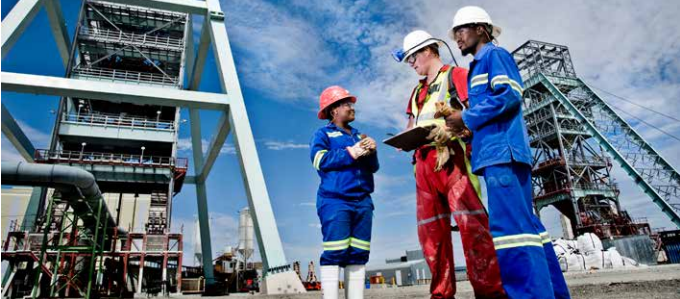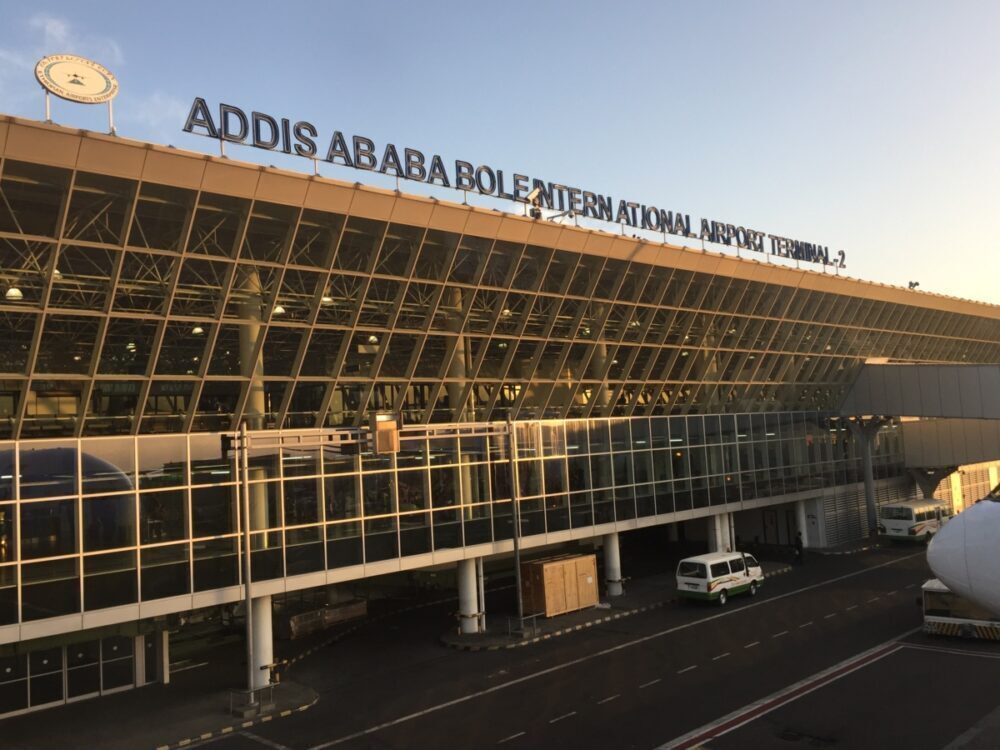Highlights from PwC’s ninth edition of SA Mine, a series of publications that highlights trends in the South African mining industry released by PwC

2017 was another challenging year for South Africa’s mining industry in light of a decrease in dividends and market capitalisation, various retrenchments across the industry, and marginal increases in taxes paid. However, spot price increases for bulk commodities supported the industry and resulted in a return to profitability after the first substantial increase in revenues in five years. These are some of the highlights from PwC’s ninth edition of SA Mine, a series of publications that highlights trends in the South African mining industry released by PwC.
The study’s findings are based on the financial results of the top mining companies with a primary listing on the JSE, as well as those with a secondary listing whose main operations are in Africa for financial year ends to June 2017. In all, 29 companies met these criteria although four of these companies hadn’t released their results at the time of compiling this report and have been excluded from the financial analysis.
While many companies have significant South African operations, their global exposure and size mean that they do not necessarily reflect trends in the South African mining environment.
Michal Kotzé, PwC Africa Energy Utilities & Resources Leader, says: “The 2017 year can be described as a year of policy uncertainty and real questions over the long-term sustainability of the industry.”
“After the price lows of December 2015 and January 2016, the current year saw USD prices recover for most commodities with the exception of platinum. Although some USD price gains were offset by a stronger rand, the improved prices did bring the industry as a whole back into profitability.”
Despite an improvement in the financial performance of the industry, regulatory announcements in June 2017 resulted in market capitalisation dropping to June 2015 levels. A subsequent recovery at the end of August was aided by improved USD prices and hope by investors that the suspended new Mining Charter would be revised before final implementation. In this edition, we have also included a brief look at the regulatory changes in Nigeria, the DRC and Tanzania.
 Market capitalisation
Market capitalisation
The 2017 financial year saw a decrease in the market capitalisation of the companies analysed to almost the low levels of 2015. The market capitalisation of the 29 companies analysed in this report decreased to R420 billion, a 25% decline from R560 billion as at 30 June 2016. Market capitalisation recovered somewhat to R506 billion as at 31 August 2017 on the hope that there would be an amicable solution between the industry and the regulator.
Contribution by commodity
Coal maintained its strong position as the leading South African mining commodity revenue generator. Despite its percentage of revenue generated remaining unchanged at 27%, it increased total revenue to R119 billion from the prior year’s R105 billion. Platinum group metals’ (PGMs) share of total revenue decreased to 22% from 24% as total PGM revenue decreased by R2 billion to R94 billion. Gold’s share of mining revenue decreased to 16% from the 18% in 2016. In contrast, iron ore’s share increased to 11% from 9% due to a R10 billion increase in revenue.
Financial performance
Revenue increased by 13% (R43 billion) from the prior year. “It is notable that this is the first substantial increase in more than five years,” says Andries Rossouw, PwC Assurance Partner.
The gold companies’ revenue increased by 17% (R23 billion) due to improvements in USD gold prices and a weaker rand for most of the reporting period. The platinum companies have seen revenue increases by 4% from the prior year on the back of improved platinum prices for parts of the year.
Operating expenses increased by R13 billion, which is a 5% increase from the prior year. Continued low commodity prices have resulted in another year with significant impairments in the industry, with a total of R22 billion in impairment provisions. More than R100 billion was impaired over the last three years, more than wiping out the last two years of capital expenditure in the industry.
After last year’s net loss the companies in this year’s analysis are back into a net profit position due to lower impairments. The EBITDA margin of 26% is 6% higher than the previous year. “It is encouraging that all commodities improved their EBITDA margins. However, the low platinum EBITDA margin (12%) is still a significant concern and threatens the sustainability of a number of operations,” Rossouw adds.
Labour still accounts for the majority of mining companies’ costs, accounting for approximately 44%. Labour costs increased by 4.5% which was marginally below inflation.

Integrating risk into business strategy
In the last number of years we have not seen a significant change in the risks identified by mining companies. These include: volatile commodity prices and foreign exchange fluctuations; the regulatory, political and legal environment; socio economic environment around mines; sustainable business plans or budgets; labour relations; operating costs; reliance on third-party infrastructure; employee safety and health; liquidity and capital management; and compliance with environmental standards. In 2017, the risks have remained relatively consistent with three companies also including cybersecurity and its consequences as a risk.
Safety in mines
According to safety statistics, the level of safety has improved substantially in the industry, with fewer fatalities reported over the past 10 years. This is indicative of investments made by mining companies in safety initiatives.
Value to investors in the mining sector
The mining industry continues to add value to all its stakeholders. As reported in company value added statements, employees still take the lion’s share of value added at 40%, followed by the Government through direct taxes, payroll and royalties with 19%. It is disappointing to note that shareholders got only 2% in the form of distributions.
The adoption of emerging technologies in the mining industry
Technological advancements have spurred innovation and new ideas in the mining industry. A number of mining companies have adopted emerging technologies. The use of remotely-piloted as well as autonomous drones to survey opencast mines is a common example of the adoption of emerging technology. Mines are also using autonomous drilling, proximity devices, collision awareness systems for mine vehicles and trucks, cloud and mobility solutions.
 Illegal mining activities
Illegal mining activities
The value of illegal mining and dealing of metals and diamonds in South Africa is estimated to be more than R7 billion per year. The South African gold sector has been the most adversely impacted by illegal mining within the industry, according to the companies included in our study. The Chamber of Mines has emphasized the need for mining houses, the DMR and the South African Police Service to work together at every level of illegal mining activity from individuals working underground to the large syndicates that organise activity and sell the end product.
Mining in Africa
The DRC
The growth in the DRC mining sector since 2002 has been facilitated by the commodities boom, attractive tax and customs incentives, greater stability and an improved regulatory environment. By the end of 2016, 482 companies held mining rights, compared to 35 in 2002. The production of copper amounted to 1.035 billion tons at the end of 2016 versus 27 259 tons in 2002. Cobalt production achieved 69 038 tons at the end of 2016, versus 11 865 tons in 2002.
Nigeria
Despite various challenges the Government has taken a number of steps to make the mining sector more attractive for investment by putting in place clear regulatory policies and operationalising existing ones. There are still a number of challenges in the sector ranging from insufficient infrastructure as well as regulatory conflicts. The Nigerian mining sector realises it needs to align itself with world trends and norms, especially around the future demand for various minerals.
Tanzania
In 2016, the Tanzanian Government introduced fundamental changes to the income tax regime for the extractive sector. June 2017 saw significant changes for the sector, even more fundamental than the 2016 changes. The broad objective of the new legislation is to seek to obtain a higher return to Tanzania from its natural resources.
Source: Samcilla/BjrliveFM.com/31017/























































Discussion about this post